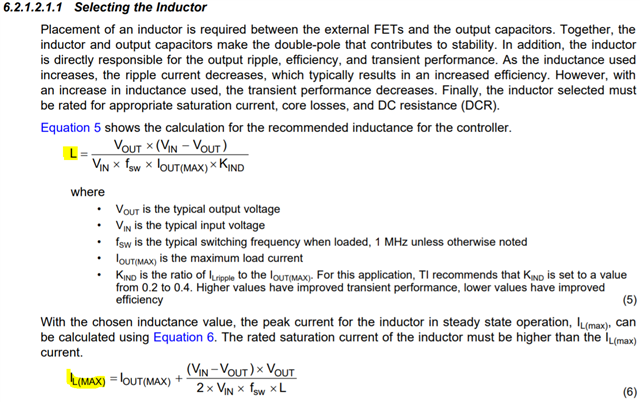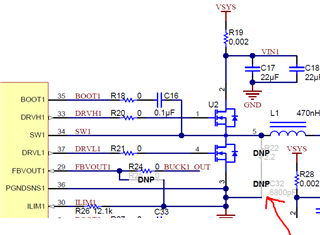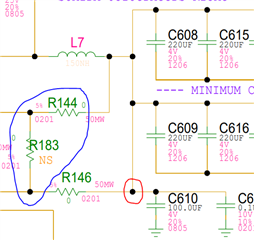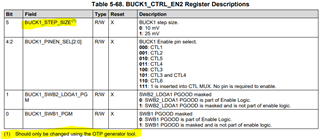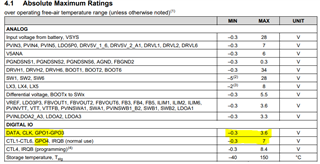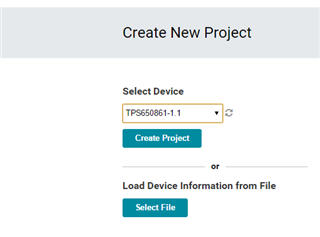Hi
I want to use the TPS65086100RSKT PMIC.
I want to use BUCK3,4,5 for the following (PVIN = 3.3V):
1.8V@0.25A peak current.
0.95V@1.8A peak current.
0.82V@2.2A peak current.
- Can I use the LPWI201608HR47T (Littelfuse) inductor for those BUCK?
I want to use BUCK6 for 1.2V@26A peak current. The input voltage is 6.4V-13.2V (Nominal 12V).
I will use the CSD87350Q5D external FET that supports this high current.
- Can I use the 74431323016 (Wurth) inductor for this case?
I want to use BUCK2 for 0.82V@19A peak current. The input voltage is 6.4V-13.2V (Nominal 12V).
I will use the CSD87588N external FET that supports this high current.
- Can I use the SRP7020TA-R20Y (Bourns) inductor for this case?
I want to use BUCK1 for 2.5V@11A peak current. The input voltage is 6.4V-13.2V (Nominal 12V).
I will use the CSD87381P external FET that supports this high current.
- Can I use the SRP7020TA-R47M (Bourns) inductor for this case?
Thanks,
Moshe



